Do you ever consider the complete lifecycle of the fruits and vegetables you eat? Each one started as a tiny seed that was nurtured and cultivated before transforming into a plant and eventually making its way to your plate. Those tiny seeds are the origin of our food, the foundation of our sustenance. Often times we forget the importance of seeds, and many people are unaware of what it takes to ensure a continuous supply of this precious resource.
For smallholder farmers, acquiring the seeds needed to sustain a healthy, diversified diet can be a challenge. Subsistence farmers who have little or no income are unable to go to a local store and purchase a variety of seeds for their garden. Knowing how to harvest and properly store seeds is an important skill that can help them achieve better nutrition and improve their food security.
We visited the ECHO Asia Impact Center (echonet.org/asia-impact-center) in northern Thailand to learn how this organization is proactively addressing seed availability for smallholder farmers in the region. We met with Wah, the Seed Bank Manager, who demonstrated all of the steps involved in ECHO Asia’s seed distribution model. Each and every seed is cultivated, harvested, sorted, dried, packaged, stored, tested, and finally, distributed to farmers. The entire process can take several months, and requires a hands-on approach that can be labor intensive and tedious at different stages.
Next time you bite into an apple or mix up a salad, consider the time, labor, and persistent care that went into producing the seeds that feed us.
A big thanks to Wah and the rest of the ECHO Asia team for sharing their work.
August 2016 — ECHO Asia Impact Center Seed Bank, Chiang Mai, Thailand

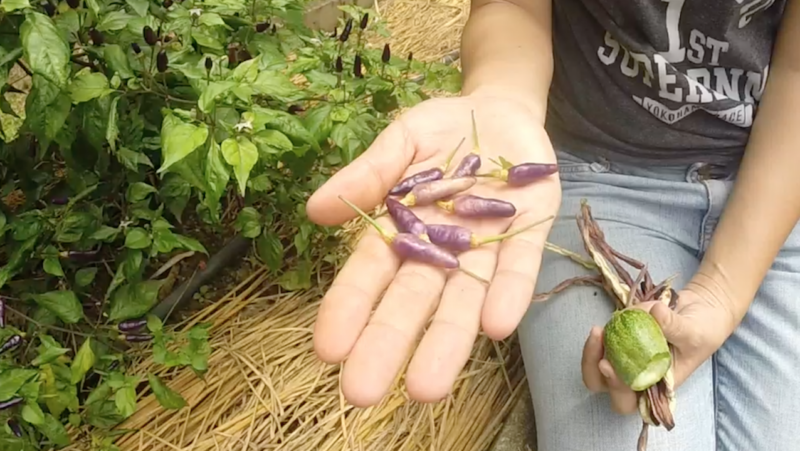
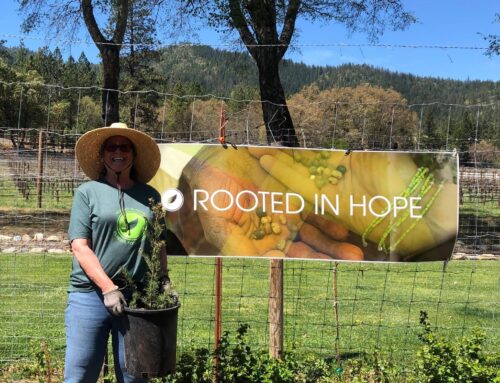
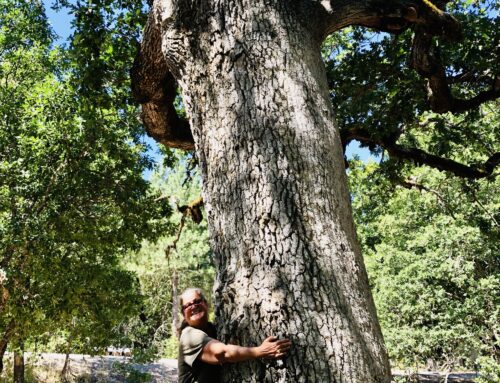
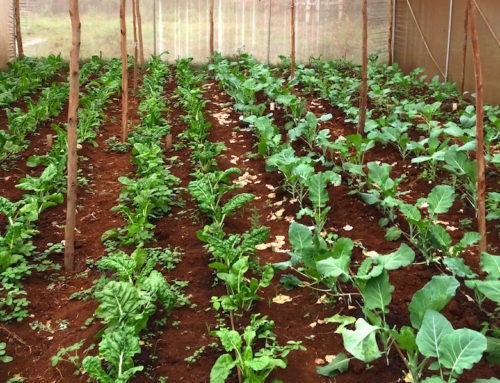
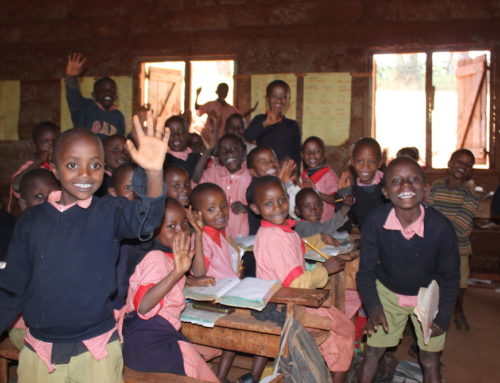
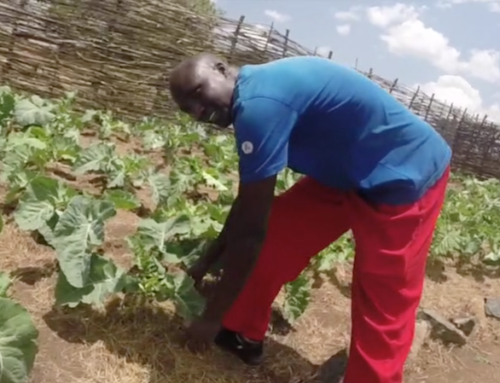





Leave A Comment